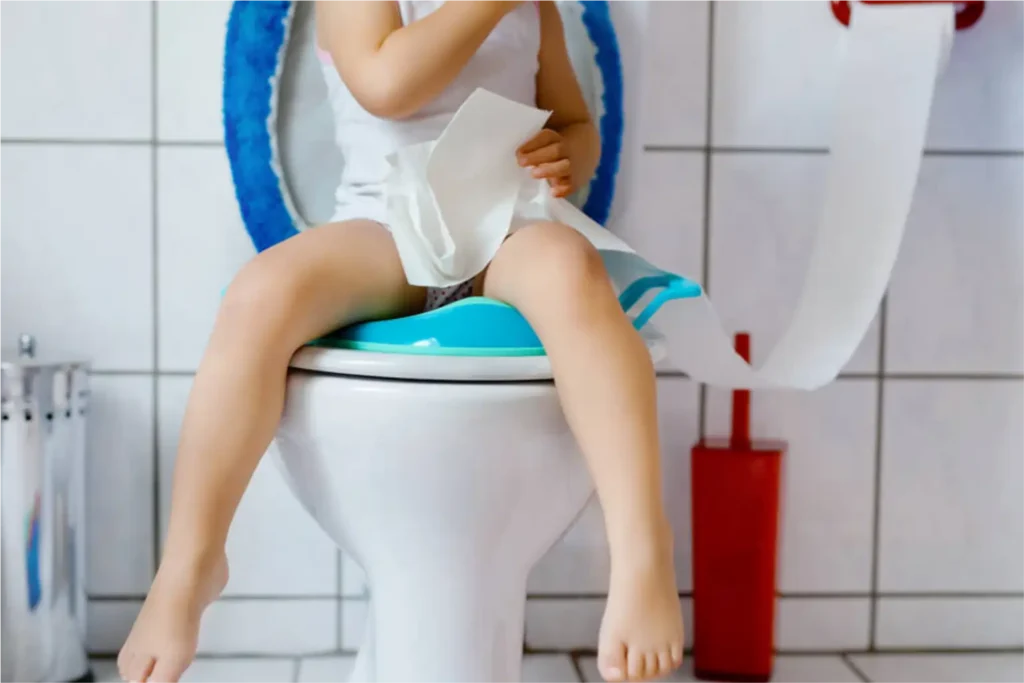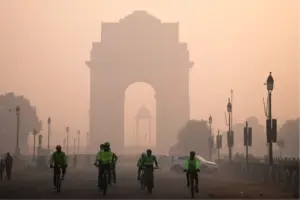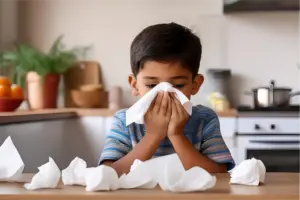
Climate change may significantly worsen the risk of diarrhoea diseases among children under five across South and Southeast Asia, including India, according to a new study. The findings raise fresh alarm over the growing health burden of global warming in some of the world’s most densely populated and vulnerable regions.
The study, published in the journal Environmental Research, analysed data from more than 3 million children across eight countries, including India, Bangladesh, Pakistan, Sri Lanka, and Indonesia. Researchers at Flinders University and other Australian institutions found a strong correlation between climate-related factors and the incidence of diarrhoea, which is one of the leading causes of death among young children globally.
Also Read | New blood test could make coeliac diagnosis easier without gluten exposure
In India, the prevalence of diarrhoea among children under five stands at 8 percent. The disease, which is marked by frequent loose or watery stools, can quickly lead to dehydration, malnutrition, and lowered immunity, especially in resource-poor settings.
The study identified two key climate-linked risk factors: extreme temperature fluctuations and declining rainfall during the wettest month of the year. Children exposed to a wider annual temperature range (30°C to 40°C) faced a nearly 39% higher risk of diarrhoea. Similarly, in regions where rainfall during the wettest month dropped below 600 millimetres, the risk increased by 29%.
The researchers also highlighted socio-demographic vulnerabilities that compound these risks. Children born to mothers with fewer than eight years of education had an 18% higher likelihood of developing diarrhoea. Larger households with more than six members also saw a 9% rise in diarrhoea risk.
“This makes investing in maternal education one of the most powerful and scalable strategies for climate adaptation,” said lead researcher Syeda Hira Fatima of Flinders University. “Educated mothers are more likely to take early action when their children fall ill, which can be lifesaving.”
Co-author Professor Corey Bradshaw added that nearly 88% of diarrhoea-related deaths are linked to poor hygiene and unsafe water. Access to clean drinking water can reduce diarrhoea risk by over 50%, while improved sanitation brings it down by nearly 24%, the study noted.
The findings come amid increasing evidence of intensifying droughts and erratic monsoons in East and South Asia, trends that could make childhood diarrhoea more frequent and deadlier in the coming decades.








